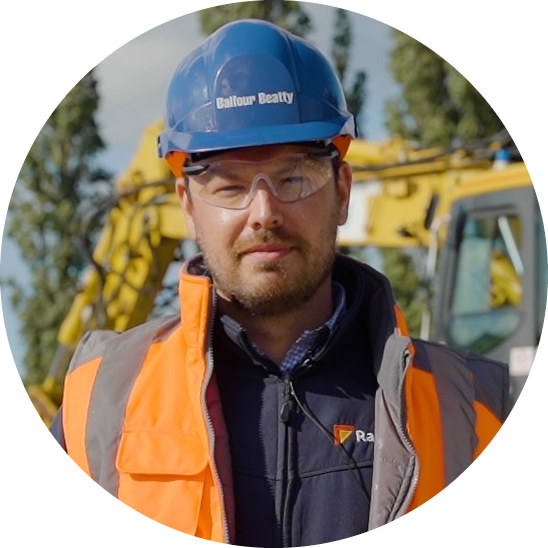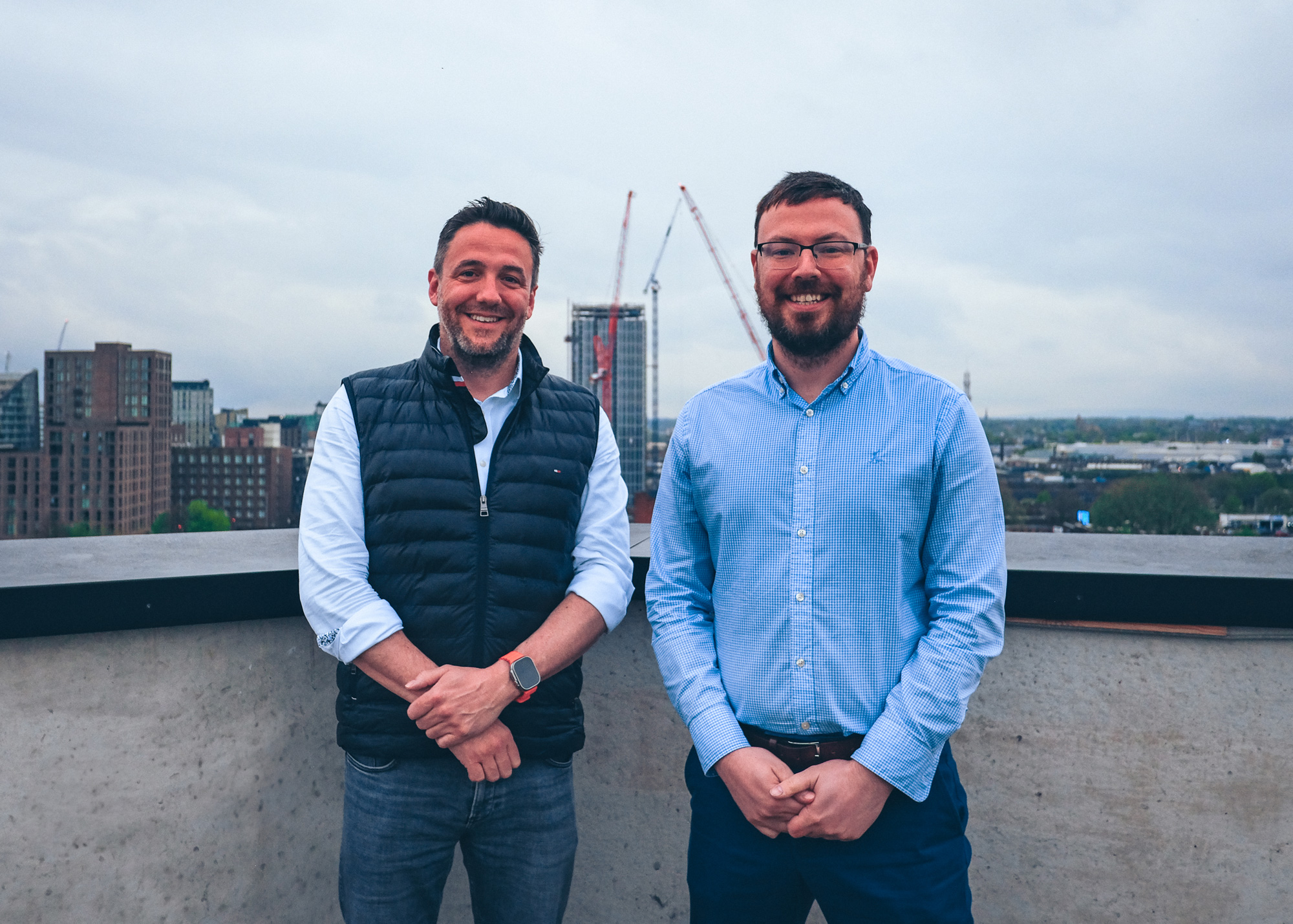In the construction industry, the use of a Common Data Environment (CDE) plays a crucial role in simplifying collaboration among project stakeholders. By providing a centralised platform for data management and communication, CDEs streamline processes and enhance overall project efficiency. This article explores the importance of CDEs, the key features of an effective CDE, and the benefits of implementing such systems in construction projects.
Key Takeaways
- Common Data Environments enhance project collaboration by centralising data and communication.
- Streamlining communication through a CDE improves efficiency and reduces errors in construction projects.
- Effective CDEs offer features like centralised data storage, version control, and access control for better data management.
- Implementing a CDE leads to increased efficiency in project delivery and enhances decision-making processes.
- Reduced errors and rework are notable benefits of using a Common Data Environment in construction projects.
The Importance of Common Data Environment in Construction
Enhancing Project Collaboration
In the dynamic field of construction, the ability to work collaboratively on projects is paramount. A Common Data Environment (CDE) serves as a catalyst for this, providing a unified platform where all stakeholders can interact seamlessly. The integration of a CDE fosters a cooperative ecosystem, where architects, engineers, contractors, and clients can easily share and update information.
Collaborative contracting becomes more efficient within a CDE, as it significantly reduces the potential for conflict and enhances transparency. Automated progress tracking and the availability of real-time data are instrumental in improving project performance and saving valuable time. These features are not just conveniences; they are essential tools in the modern construction landscape.
- Reduced conflict through clear communication channels
- Increased transparency with shared access to project data
- Automated progress tracking for up-to-date project status
By streamlining the collaborative process, a CDE ensures that all parties are on the same page, which is crucial for the timely and successful completion of construction projects.
Streamlining Communication
In the fast-paced world of construction, effective communication is the cornerstone of any successful project. A Common Data Environment (CDE) serves as a pivotal tool in streamlining communication among stakeholders. By providing a single source of truth, it ensures that all parties have access to the latest information, reducing the likelihood of misunderstandings and delays.
Collaboration platforms integrated within a CDE can offer functionalities that are specifically tailored to the construction industry's needs. For instance:
- Shift Planner to organise workforce schedules
- Reporting tools for real-time project updates
- Fatigue Management systems to ensure worker safety
Customer stories from industry leaders like Gatwick Airport and Balfour Beatty highlight the practical benefits of these features in enhancing project collaboration. The ability to quickly disseminate updates and gather feedback is invaluable, particularly when changes need to be communicated across various teams and disciplines.
Embracing a CDE not only facilitates clear and concise communication but also fosters a culture of transparency and accountability within the project team.
Improving Data Management
In the realm of construction, effective data management is the cornerstone of operational excellence. A Common Data Environment (CDE) revolutionises the way data is collected, stored, and utilised, ensuring that all stakeholders have access to the most current and accurate information. This centralised approach mitigates the risk of data silos and inconsistent information, which can lead to costly mistakes and delays.
Data integrity is paramount in construction projects, where every detail counts. A CDE provides a structured framework for data entry, retrieval, and analysis, which supports:
- Consistent data formatting and categorisation
- Real-time data updates and synchronisation
- Easy retrieval of historical data for analysis and reporting
By fostering a culture of data-driven decision making, a CDE empowers teams to be more proactive and less reactive in their project management strategies.
Furthermore, the ability to explore various topics in construction and project management, such as site diaries, technology adoption, and contract management, becomes streamlined within a CDE. This integration contributes to improved efficiency and success in the industry, as teams can quickly access and apply insights from these areas to their current projects.
Key Features of an Effective Common Data Environment
Centralised Data Storage
At the heart of a Common Data Environment (CDE) lies the concept of centralised data storage, a single source of truth for all project information. This central repository ensures that every stakeholder, from architects to engineers, has access to the most current and accurate project data.
Centralised data storage is pivotal for maintaining consistency across the entire project lifecycle. It allows for:
- Easy retrieval of documents and drawings
- Efficient data sharing among project teams
- Secure archival of project history
By consolidating data into one accessible location, a CDE becomes a platform for predictable project delivery, streamlined cost management, and collaborative contract management. With real-time data, automated tracking, and a support system available, the risk of miscommunication and data silos is significantly reduced.
Embracing centralised data storage within a CDE framework can transform the way construction projects are managed, leading to a more synchronised and efficient workflow.
Version Control and Audit Trail
In the dynamic environment of construction, version control is a cornerstone of effective project management. It ensures that all stakeholders are working from the latest set of documents, plans, and specifications. An audit trail, on the other hand, provides a transparent history of changes, who made them, and when. This is crucial for accountability and can significantly mitigate risks associated with miscommunication and data loss.
- Central repository for all revisions and updates
- Tracking of document history and user activity
- Easy identification of the most current document version
By maintaining a meticulous record of each alteration, a Common Data Environment (CDE) helps in pinpointing discrepancies and resolving potential conflicts before they escalate.
The implementation of a CDE with robust version control and audit trail capabilities can be likened to the principles behind Network Rail's adoption of the NEC4 framework in CP7 projects. This approach emphasises flexibility, user-friendliness, efficiency, and risk reduction, which are essential for the success of complex construction endeavours.
Access Control and Permissions
In the realm of construction project management, access control and permissions play a pivotal role in maintaining the integrity and security of project data. By setting up a robust system of permissions, project leaders can ensure that sensitive information is only accessible to authorised personnel, thereby reducing the risk of data breaches and unauthorised alterations.
Permissions are not just about restricting access; they are about empowering the right individuals with the right level of data interaction. This can range from viewing rights to editing capabilities, depending on the user's role within the project. A well-implemented permissions system can:
- Ensure compliance with industry regulations
- Protect intellectual property
- Facilitate accountability and transparency
A common data environment with strong access control mechanisms is a platform for construction compliance, streamlining the workflow and safeguarding against potential legal and financial repercussions.
Ultimately, the goal is to create a balance between accessibility and security, which can lead to a more efficient and controlled project environment. With features like site documents, eSignatures, and real-time reporting, a common data environment becomes a trusted tool for saving costs and eliminating paperwork. For those interested in exploring these capabilities, a schedule demo is often available to provide a hands-on experience with the system.
Benefits of Implementing a Common Data Environment
Increased Efficiency in Project Delivery
The implementation of a Common Data Environment (CDE) is a game-changer for the construction industry, particularly in terms of project delivery efficiency. By providing a single source of truth, a CDE ensures that all stakeholders have access to the most current and accurate project information.
Timely access to project data is crucial for meeting deadlines and maintaining project momentum. With a CDE, the time spent searching for documents and verifying their accuracy is significantly reduced. This streamlined approach not only saves time but also minimises the risk of costly delays.
Collaboration is enhanced as team members can work concurrently on different aspects of the project, confident that they are using the latest data. This collaborative environment fosters a more cohesive project team and a stronger alignment of goals.
The centralised nature of a CDE allows for a more organised and efficient workflow, leading to faster decision-making and a smoother project trajectory.
Key benefits include:
- Reduction in time spent on data retrieval and verification
- Improved coordination among project teams
- Accelerated decision-making processes
Reduced Errors and Rework
The implementation of a Common Data Environment (CDE) in construction projects significantly reduces the likelihood of errors and the need for rework. By providing a single source of truth, all stakeholders can access the most up-to-date information, ensuring that everyone is on the same page.
Mistakes in construction can be costly, both in terms of time and resources. A CDE helps to mitigate these risks by enabling real-time data sharing and collaboration. This leads to improved accuracy in project execution and a decrease in miscommunication-related errors.
Consistency in data and processes is key to minimising errors. A CDE facilitates this by:
- Standardising documentation formats
- Enforcing data entry protocols
- Providing clear audit trails for accountability
The right tools can make all the difference in streamlining workflows and reducing the margin for error. A CDE is an investment in the quality and integrity of a construction project.
Furthermore, the ability to automate project reporting with a tool like Gather software can save costs, improve schedule adherence, and enhance productivity. This is especially beneficial for construction managers who are tasked with the efficient delivery of projects.
Enhanced Decision-Making Processes
The implementation of a Common Data Environment (CDE) significantly empowers the decision-making capabilities within construction projects. Data-driven decisions are now more than a buzzword; they are a reality that can be achieved with the right tools and processes in place. A CDE provides a single source of truth, ensuring that all stakeholders have access to the most current and accurate information.
Transparency in data sharing and updates means that decisions are made on the basis of real-time insights, leading to outcomes that are more aligned with project goals. This can manifest in various ways:
- Quicker response to project changes
- More informed risk assessment
- Better resource allocation
The strategic advantage gained from a CDE is not just in the storage of data, but in the ability to analyse and utilise that data effectively. This leads to a more agile and responsive project management approach.
Testimonials from construction industry professionals highlight massive time and cost savings, increased productivity, and efficient data management using the Gather platform for infrastructure projects. The benefits of a CDE in enhancing decision-making processes are clear, and they pave the way for a more streamlined, successful project execution.
How does Gather work with your CDE?
Gather seamlessly integrates into your CDE, transforming construction data management. It acts as a central hub, pulling project info from your CDE and allowing data capture directly through its mobile app. This eliminates silos and streamlines data flow, reducing errors and manual entry. Collaboration is enhanced by tagging stakeholders, adding comments, and creating discussions directly on captured data points within your CDE. This fosters transparency and accountability, keeping everyone informed and aligned.
Gather empowers data-driven decisions by providing powerful analytics tools. Generate reports, visualize trends, and identify issues proactively, sharing these insights directly within your CDE.
Configuration is key. Tailor the integration to your specific CDE platform and workflows, leveraging features like single sign-on, data pre-population, and secure report links.
Beyond core functions, explore possibilities like automated progress tracking, risk management, and commercial control, feeding data back into your CDE for centralized management.
Conclusion
In conclusion, the implementation of a Common Data Environment (CDE) in the construction industry is crucial for simplifying collaboration and enhancing project efficiency. By centralising project data, streamlining communication, and promoting real-time collaboration, CDEs offer a comprehensive solution to the challenges faced by construction teams. Embracing digital tools and platforms that support CDEs can lead to improved project outcomes, reduced errors, and increased productivity. As the construction industry continues to evolve, adopting CDEs will become increasingly essential for staying competitive and delivering successful projects. By prioritising collaboration and leveraging technology, construction professionals can pave the way for a more efficient and interconnected future.
Frequently Asked Questions
What is a Common Data Environment (CDE) in construction?
A Common Data Environment (CDE) in construction is a centralised digital platform that enables project stakeholders to collaboratively manage, share, and access project-related information and data throughout the project lifecycle.
How does a Common Data Environment enhance project collaboration?
A Common Data Environment enhances project collaboration by providing a single source of truth for all project data, facilitating real-time communication, and ensuring that all stakeholders have access to the most up-to-date information.
What are the key benefits of streamlining communication through a Common Data Environment?
Streamlining communication through a Common Data Environment improves information sharing, reduces the risk of miscommunication, and enhances transparency among project team members.
How does a Common Data Environment improve data management in construction projects?
A Common Data Environment improves data management by centralising project data, providing version control and audit trail capabilities, and enabling efficient access control and permissions management.
What are the advantages of centralised data storage in a Common Data Environment?
Centralised data storage in a Common Data Environment ensures that all project data is stored in one location, making it easily accessible to all stakeholders and reducing the risk of data duplication or loss.
How does version control and audit trail functionality benefit project teams using a Common Data Environment?
Version control and audit trail functionality in a Common Data Environment help project teams track changes to project data, maintain a history of revisions, and ensure data integrity throughout the project lifecycle.





